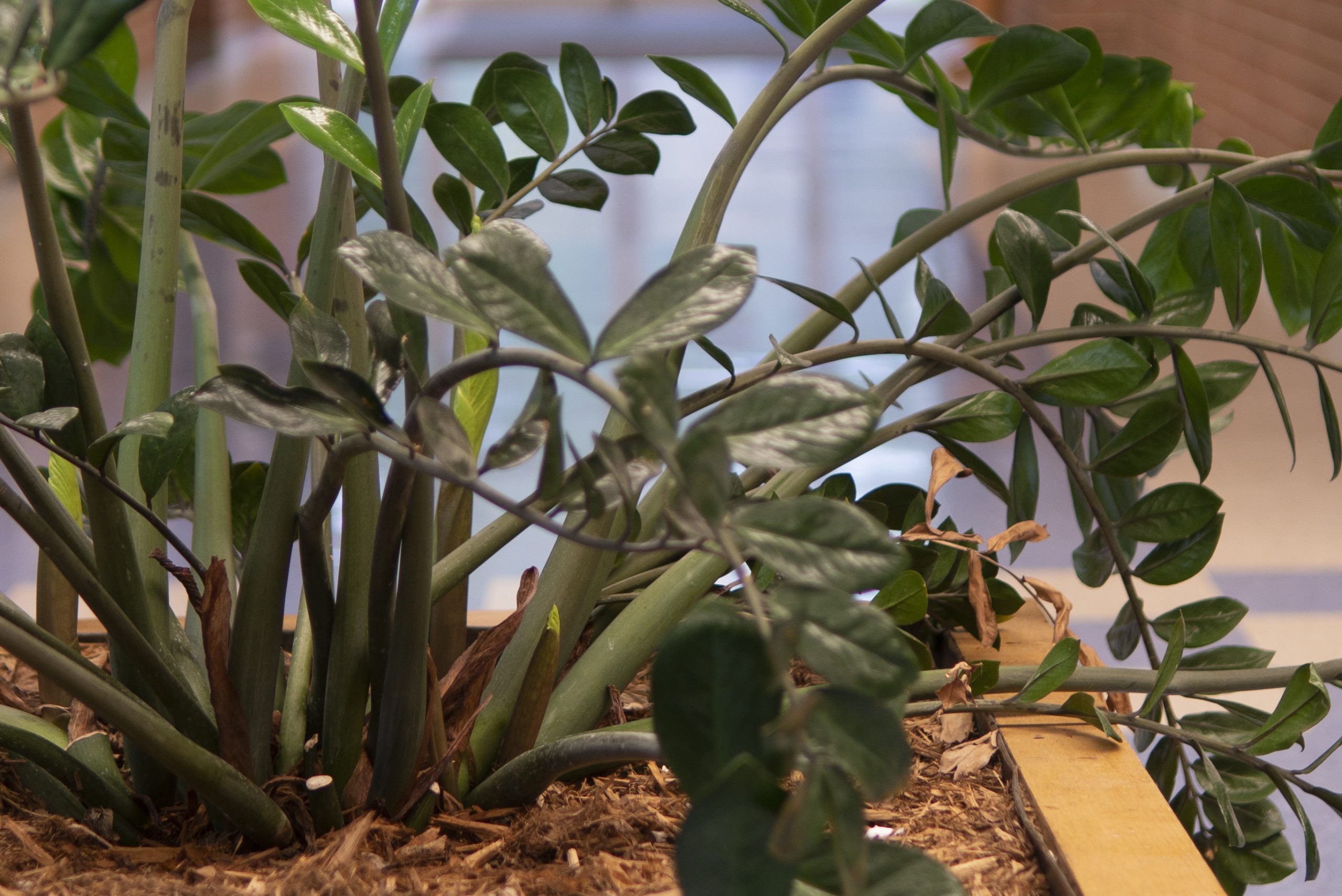House plants: they can brighten a room, relieve stress, replace the need for an animal and even become our friends! For some college students, plants may be their only source of predictable peace. Often however, when students are considering starting a plant collection, they write it off as too difficult due to their living circumstances. But not all hope is lost – with these tips, anyone can have a green thumb!
One of the best things you can do for your plants is purchase a plant light. Regardless of what plants you are planning to keep, in the Indiana winter, they probably won’t get enough sunlight. This issue, along with the draft from the dorm windows (do not put your plants right next to the windows!) make it difficult for plants that need a lot of light. Using a plant light for a minimum of three hours in the fall and winter can help plants stay healthy.
Stock up on other essentials: potting soil, fertilizer, a mister (bottle or essential oil diffuser with water in it) and neem oil. The neem oil is for the inevitability that one of your plants gets fungus gnats ‒ more on that later.
Make sure not to overwater! This is often the biggest mistake new plant parents make. While neglect will certainly injure your plant, root rot, caused by overwatering, is something that will easily kill it. How much water your plant needs depends on the species, but you can tell if the leaves droop or the first two or so inches of the soil are dry.
Look out for fungus gnats, which can kill your plants if left untreated. To treat them, you can spray neem oil on the top of the soil, avoiding the foliage. A good method of watering to help avoid the gnats is bottom-up watering. This consists of putting your plants in a bowl full of water and letting it soak through the bottom. This strengthens the root systems and makes your plants stronger overall. To do this you need to buy pots with holes in the bottom ‒ clay pots are usually the best.
Remember that different plants require different care. For succulents, you only need to water them when the soil is completely dry. In the winter, limit watering to once or twice a month. For more tropical plants, you will most likely need to water once or twice a week.
Try propagating! This is one of the most fun parts of plant care. For some plants, like a spider plant, you will get little plant babies that shoot off of the main plant. For others, like the pothos, all you have to do is take a leaf clipping and place it in water until it grows roots. Each plant has its own requirements. One relatively easy plant to propagate is a succulent. All you need is one of the leaves and soil. Tear off one of your succulent leaves and leave it to try for around 2-3 days. Once the end has scabbed over, place it on top of soil (do not put the end in the soil) and water the soil with a spray bottle daily. Within a week or so roots should start to grow. Within 2-3 weeks you should see new leaves growing.
Take care while traveling. This is especially important for college students. When travelling with plants, place them in low-lying cardboard boxes and prop them in the back seat of a car with towels, blankets and other clothing to keep them stable. Bring extra water for trips like these, especially if you have some water-intensive plants.
Hopefully this gives you some idea of what you need to know to keep your plants happy and healthy on campus. Remember that everyone makes mistakes, so don’t worry if you kill a few plants on your journey. The more time you spend getting to know your plants, the better you will get at predicting their needs. Happy planting!






